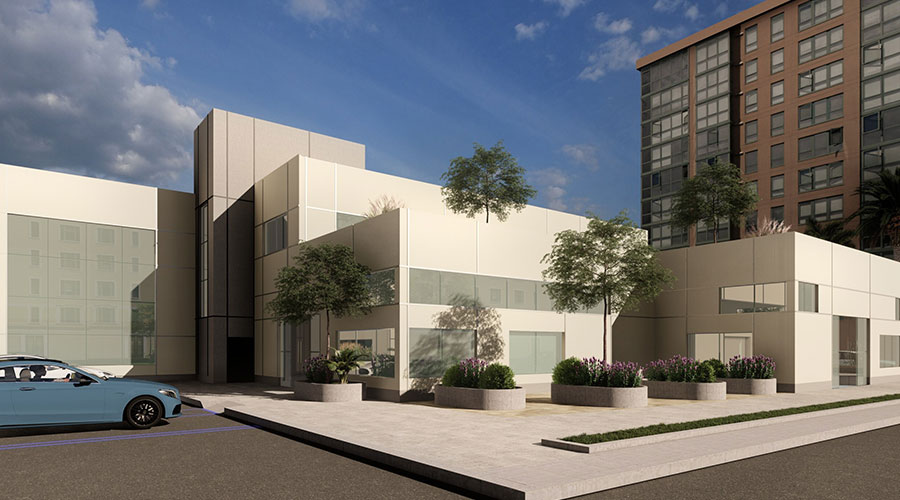Visa Lighting has long been recognized for creating luminaires for healthcare patient rooms that are comforting and homelike, yet still use exam lighting multifunctionality and cleanable surfaces. A few years ago, they began designing for behavioral health spaces as well. This week's launches bring their total up to six families.
Behavioral health facilities require fixtures and furnishings to be impact, tamper, and ligature-resistant. It is equally important, however, that design elements contribute to a therapeutic environment. Because of safety requirements and the complexity of light fixture components, specifiers have had few design options for these spaces. The luminaires chosen were often meant for correctional facilities and other high abuse areas.
However, design priorities have shifted alongside the evolution of behavioral health treatment. In an effort to treat the whole person (not just control symptoms), behavioral health inpatient care has become focused on patient-centered recovery. Environmental design plays a huge role in that, as patients live and recover in these spaces for an average of 7.2 days. Many experts suggest that a warm, homelike atmosphere with non-institutional fixtures can prevent psychological stress and offer positive distraction.
Lenga was originally launched as a dual luminaire (two units working in tandem) for patient overbed. It's extremely narrow, only 3" wide, and produces asymmetric exam light from the angled outer lenses. This eliminates shadows over the bed and allows caregivers to examine patients without throwing glare in their eyes. Lenga's new behavioral health models include the same design and functionality, but with a secondary polycarbonate lens and tamper-resistant fasteners. Recent Joint Commission guidance advises that all patient spaces should be safe and ligature-resistant, not just behavioral health spaces, so Lenga's release is particularly well-timed.
Visage is a recessed linear ceiling luminaire with a minimal frame and multiple length options. Specifiers first requested a behavioral health version of this family because it is such a fundamental form and can be used throughout the behavioral health facility to provide ambient or accent lighting. Where designers would use high abuse troffers or downlights to fill in the light or create rhythm, they can now use Visage.
November 7, 2019
Topic Area: Energy and Power
Recent Posts
 UF Health Hospitals Rely on Green Globes to Realize Their Full Potential
UF Health Hospitals Rely on Green Globes to Realize Their Full Potential
Case study: The process encouraged the team to push themselves in several areas.
 How Healthcare Facilities Can Be Truly Disaster-Resilient
How Healthcare Facilities Can Be Truly Disaster-Resilient
Real resilience looks different than what’s written down in plans
 AI-Driven Facilities: Strategic Planning and Cost Management
AI-Driven Facilities: Strategic Planning and Cost Management
6 factors to ensure infrastructure, operations and financial management support AI’s integration
 TriasMD Breaks Ground on DISC Surgery Center for San Fernando Valley
TriasMD Breaks Ground on DISC Surgery Center for San Fernando Valley Bigfork Valley Hospital Falls Victim to Data Breach
Bigfork Valley Hospital Falls Victim to Data Breach